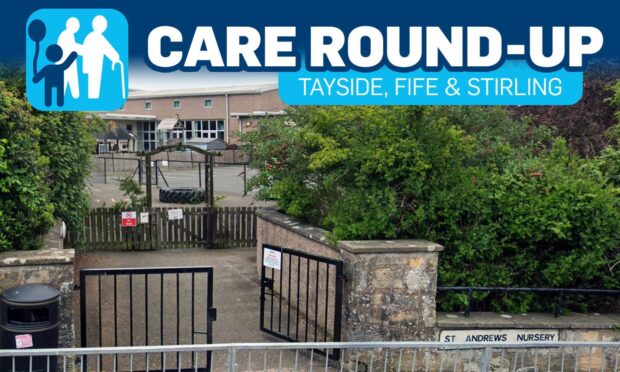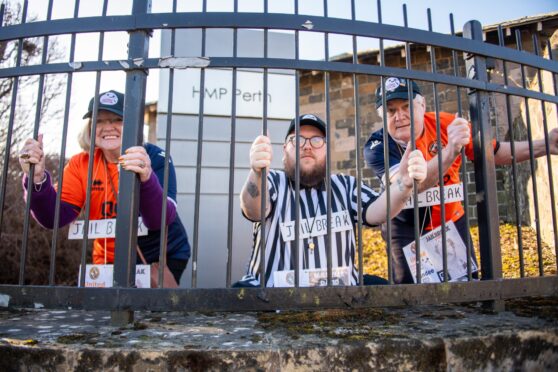Statistics revealing criminals locked up at Perth Prison are seen faster than law-abiding patients for alcohol and drug treatment have been described as “very concerning”.
IDS Scotland figures show 98.3% of Perth inmates are seen within three weeks compared to just 81.5% patients on the outside between July and September.
The same data showed performance in NHS Tayside has slipped dramatically over the course of the last year — 91.2% of patients were seen within three weeks for the same period in 2016.
The figures also reveal 90% of patients were seen within 34 days by NHS Tayside, below the Scotland-wide average of 20 days.
Some patients in NHS Tayside are waiting as long as 12 weeks to be treated.
Liz Smith, Scottish Conservative MSP for Mid Scotland and Fife, said: “These statistics are very concerning and whilst it is good news that prisoners receive prompt treatment the fact that patients on the outside are waiting so much longer is not acceptable.
“In the last year there has been a significant drop in performance at NHS Tayside and healthcare bosses must explain why the average wait has increased by so much.
“According to the latest statistics no prisoner at HMP Perth waited longer than four weeks whilst waits as long as 12 weeks have been recorded at NHS Tayside.”
She continued: “Alcohol and drug addictions are a huge problem for both those in prison and outside and it is important that NHS Tayside receives adequate funding and staffing in order to deliver for both groups.”
A spokesperson for NHS Tayside explained there are differences in the way data is captured because in prison, treatment is recorded as soon as the person is first seen and in the community it is recorded only when the treatment programme begins.
Health and Social Care Partnerships in Dundee, Angus and Perth and Kinross all provide services and responded iundividually to the concerns.
A spokesperson for the Angus partnership said, “We are integrating local substance services to ensure the provision of appropriate resources to those most at risk, and also embrace a ‘See, Keep and Treat’ model, which focuses on people remaining within services to reduce the impact substance misuse has on families and the local community.
“This model of service delivery supports the national drive to reduce the high level of drugs deaths throughout Scotland.”
A spokesperson for the Dundee partnership said, “Waiting times throughout the summer quarter have been impacted by staffing shortages.
“Over the past year, as part of our improvement planning, the service developed a clearer understanding of current service capacity.
“This is informing a strategic redesign of our services and our pathways to ensure that citizens of Dundee and their families receive services appropriate to their needs which promote recovery.”
A Perth and Kinross spokesperson said: “As part of our programme of continuous service improvement, we are currently undertaking a review our services.
“This is in line with the “Recovery Outcome System of Care” which brings together treatment, review and aftercare to give people the skills to sustain their recovery.”
Jill Galloway, Head of Primary Care Development said, “Given the significant number of people with complex needs in HMP Perth, we have been working hard to improve access to addiction services and treatment for people in prison who need support from our service.”










